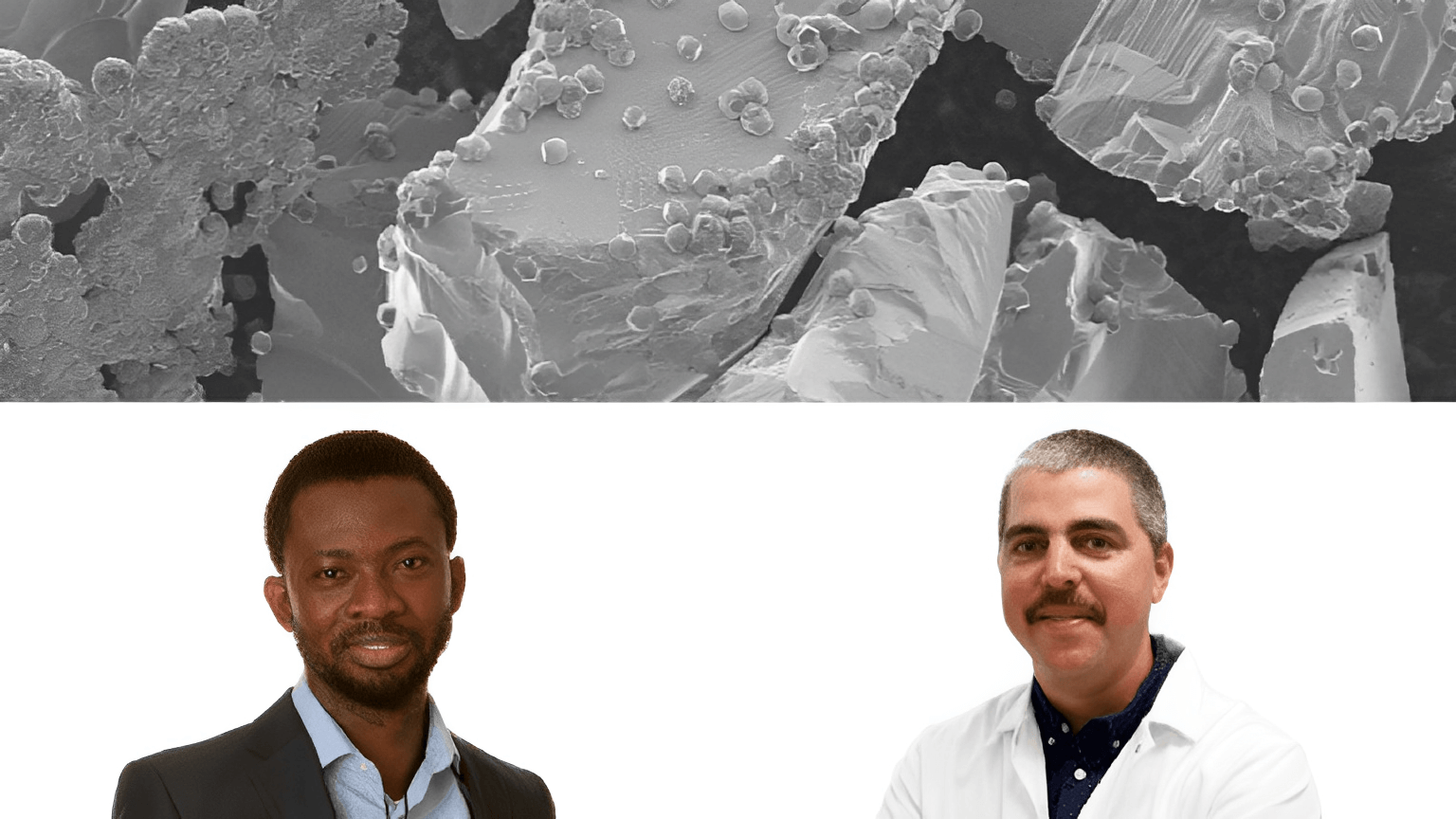

Newly published research by scientists with the Solid Carbon project shows how carbon dioxide taken from the atmosphere and injected into the deep subsea floor off Vancouver Island may turn into solid rock — in about 25 years.
Solid Carbon, an international research team led by Ocean Networks Canada (ONC), a University of Victoria initiative, and funded by a PICS Theme Partnership grant, is investigating how to permanently and safely sequester CO2 as rock in the ocean floor. The project is part of the emerging field of negative emissions technologies — climate solutions which reduce the amount of carbon in the earth’s atmosphere.
The new research was published this fall in Geochimica et Cosmochimica Acta, the journal of The Geochemical Society and The Meteoritical Society.
The findings explore, through sophisticated modelling and simulations, how captured CO2 injected into porous, basalt rock, such as that found under the Cascadia Basin off southern Vancouver Island, may interact with different minerals therein, creating carbonate rock. This modelling is backed-up by new laboratory measurements of real basalt samples.
Dr. Ben Tutolo, a researcher with Solid Carbon and associate professor in the Department of Geoscience at the University of Calgary, says the research team projects that 25 years post-injection, 95 per cent of the CO2may be mineralized.
“Once it’s down there, it’s not going to go anywhere for a long time,” Tutolo says.
Keeping a lid on these “ingredients” while this process occurs is the natural layer of sedimentary rock on top of the basalt, composed of up to 800 metres of sandstone and siltstone. This cap keeps the CO2 interacting with the basalt rather than escaping.
What we have shown in this study compared to other carbon storage studies, especially those conducted in sedimentary rock, is that carbon dioxide can transform to rock within 25 years as opposed to cases where mineralization takes many millennia.
The research also explored uncertainty by creating scenarios where the surface area of basalt that interacted with the CO2 varied – even with these variations, the researchers still found mineralization could be expected within 100 years.
While previous research in Iceland projected mineralization of CO2 incredibly rapidly, from hours to days and up to two years, the methods employed there required significantly more energy and water. Those factors make it costly to scale compared to the method being explored by Solid Carbon.
“The findings from this modelling done on ocean basalt lay an incredibly strong foundation for our next steps,” says Kate Moran, ONC’s president and chief executive officer, who notes planning is underway for a Solid Carbon demonstration project in the Cascadia Basin.
If the demonstration project shows positive results, Moran says permanent apparatus could aim to start by injecting half a million tons of CO2 per year per sequestration site, potentially scaling up to 20+ gigatons per year by 2100 with global deployment of the technology. Human activity adds around 50 gigatons of greenhouse gases to the atmosphere each year.
Awolayo, who is now assistant professor in the Department of Civil Engineering at Ontario’s McMaster University, says the deep-sea sequestration technique is promising.
“It has the potential to be fast enough and big enough if we can implement it as soon as possible,” he says. “We’re looking at the gigaton scale because, looking at the climate problem, we need to get as much CO2 out of the atmosphere as possible.”
These findings build on the team’s research in 2021 which found that CO2 storage on a gigaton scale was possible and globally scalable.
“It’s important that we do this work now,” Tutolo says, “because the IPCC projections predict by the middle of the century — by 2050 — we need to be directly capturing 10 gigatons of CO2 per year out of the atmosphere. That’s to deal with the CO2 we’ve already emitted, but also the parts of the economy that are very, very difficult to decarbonize, like air traffic, cement production and so on.”
Tutolo is quick to point out, however, that carbon-capture and -sequestration technology doesn’t remove the need for decarbonization across all industries.
“This is not a ‘get out of jail free’ card,” he says. “All pathways to remain under 1.5 degrees of warming require the use of negative emissions technologies such as this, but we also need to decarbonize the economy to get there. We need both.”


